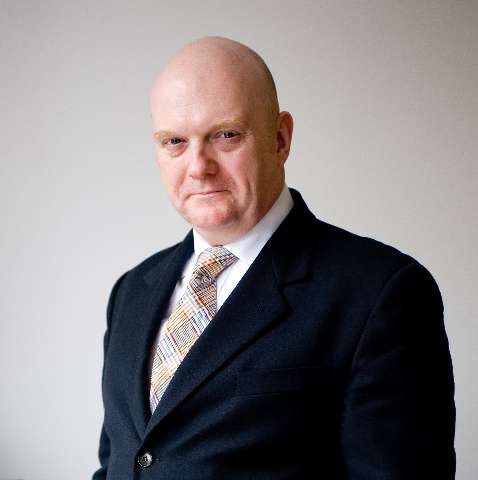75 dance companies were announced by Arts Council England amongst the new National Portfolio of funded organisations for 2023-26, sharing just short of £47 million pounds annually between them. This represents just over 10% of the total yearly arts funding of £446 million and 7.5% of the funded organisations. These figures do not include the ballet proportion of the £22,268,584 annual grant to the Royal Opera House.
In common with other major London organisations, ROH funding was cut by 9%, coming on top of a 10% real terms cut in the previous round for 2018-22. Assuming that the reductions will be spread evenly across ballet and opera, this was the hardest hit taken by the five ballet companies on the list. Further reflecting the movement of funding away from London-based organisations, English National Ballet (based on London City Island) also suffered a cut, of just over 3% (from £6,214,000 p.a. to £6,012,000). By contrast, the ballet companies north of London gained funding for the next three years: Leeds-based Northern Ballet’s grant is up 5.7% (from £3,112,000 p.a. to £3,289,000) and Birmingham Royal Ballet gained an increase of 1.8% (from £7,891,000 p.a. to £8,036,000). Bucking the trend, however, it was a London-based company that had the largest proportionate increase as Ballet Black (based in Marylebone) increased its annual grant by 92.7% (a rise from £220,000 to £424,000).
Elsewhere in the dance world there were 22 happy companies gaining NPO status for the first time and (again bucking the overall trend). Five are based in London (Blink Dance Theatre, Impact Dance Foundation, IRIE! dance theatre, Just Us Dance Theatre Company and Magpie Dance) with a further five also in the south-east (Amina Khayyam Dance Company, CoDa Dance Company, Pagrav Company, Rhiannon Faith Company and Second Hand Dance). Six of the newly-funded companies are in the north (Company of Others, DanceSyndrome, Gary Clarke Company, Southpaw Dance Productions, Surface Area Dance Theatre and Tech Styles Dance); four in the Midlands (FRONTLINE dance, Human hood, Jaivant Patel Company and Nupur Arts Dance Academy); and two are from the South-West (Kala The Arts and Seeta Patel Dance).
As an active dance critic who sees hundreds of performances around the country each year, I’m surprised that many of the new NPOs in dance are not only companies that I have never seen but that I haven’t even heard of! Hopefully, the new money will change all of that over the next three years. By contrast, it is good to see some well-known and well-respected companies, such as Gary Clarke Company, Amina Khayyam Dance Company, Jaivant Patel Company and Rhiannon Faith Company, earning the recognition they deserve. Notably, these companies are all based on the reputation of their founder and leader.
Established names in contemporary dance had mixed fortunes in the new round. Rambert’s annual subsidy fell by 3.5% and Sadler’s Wells’ grant fell by the same percentage, although the majority held their own, each with marginal increases of around 1.8%: Akram Khan Dance Company (£500,610 to £509,821); Contemporary Dance Theatre – aka The Place – (£1,793,985 to £1,826,994); Hofesh Schechter Company (£383,307 to £390,370); Motionhouse (£468,806 to £477,432); New Adventures (£1,294,000 to £1,317,810); Siobhan Davies Dance (£582,018 to £592,727); Studio Wayne McGregor (£515,212 to £524,692); Tom Dale Company (£157,600 to £160,500); Vincent Dance (£249,999 to £254,599) and ZooNation: The Kate Prince Company (£249,999 to £254,599).
There were some significant increases for continuing dance NPOs with the top increases earned by Leicester-based Serendipity – an Institute for Black Arts and Heritage run by Pawlet Brookes - more than doubling its annual grant at +103.7% (£210,000 to £427,728); closely followed by London-based hip-hop company Boy Blue up 101.8% (£200,000 to £403,680); the Sonia Sabri Company grant increased by 74.5% (£125,034 to £218,135); Stopgap Dance Company’s increase is 62.6% (from £276,654 to £450,000); Jasmin Vardimon Dance Company gains 34.6% (£289,567 to £389,895); Company Chameleon +31.8% (£249,999 to £329,599); and Phoenix Dance Theatre up 28.7% (£428,510 to £551,395).
For all the winners, there must also be losers, and several well-known names have disappeared from the NPO list since the 2018-22 round, notably Avant Garde Dance Company, Luca Silvestrini’s Protein Dance, Russell Maliphant Dance Company and Shobana Jeyasingh Dance. Each of these companies have been producing excellent work – Maliphant’s Silent Lines and Vortex (inspired by the work of Jackson Pollock) and Jeyasingh’s Clorinda Agonistes have been performed this autumn to great acclaim. Protein Dance had been an NPO since 2012 and the company issued a statement after the ACE announcement noting that it ‘“will be exploring all options in the coming days and months.” None of the other dance companies to lose NPO status have yet to issue any statement.
Although it is not clear whether all the companies no longer on the list applied in this round, it seems that in one way or another, the conveyor belt of talent has moved on and these established companies are making way, in terms of public funding at any rate, for a new generation. Hopefully, the companies no longer on the list are well-enough established to survive in some form without NPO funding.
Some decisions are unfathomable. Having visited the charming Blue Elephant Theatre in Camberwell several times to see small-scale dance productions and seen at first-hand how it is an arts and cultural oasis in a deprived area of London, it is hard to understand the rationale for withdrawing its NPO status altogether. The theatre issued a statement saying that “this small theatre with a huge heart…is deeply saddened by the decision.” So am I!
The real winner in this funding round has to be diversity in dance since most of the companies gaining significant increases or new to the NPO list have Black or Asian leadership, while others (Stopgap Dance Company, for example) are leaders in Inclusive Choreography and disability access.




